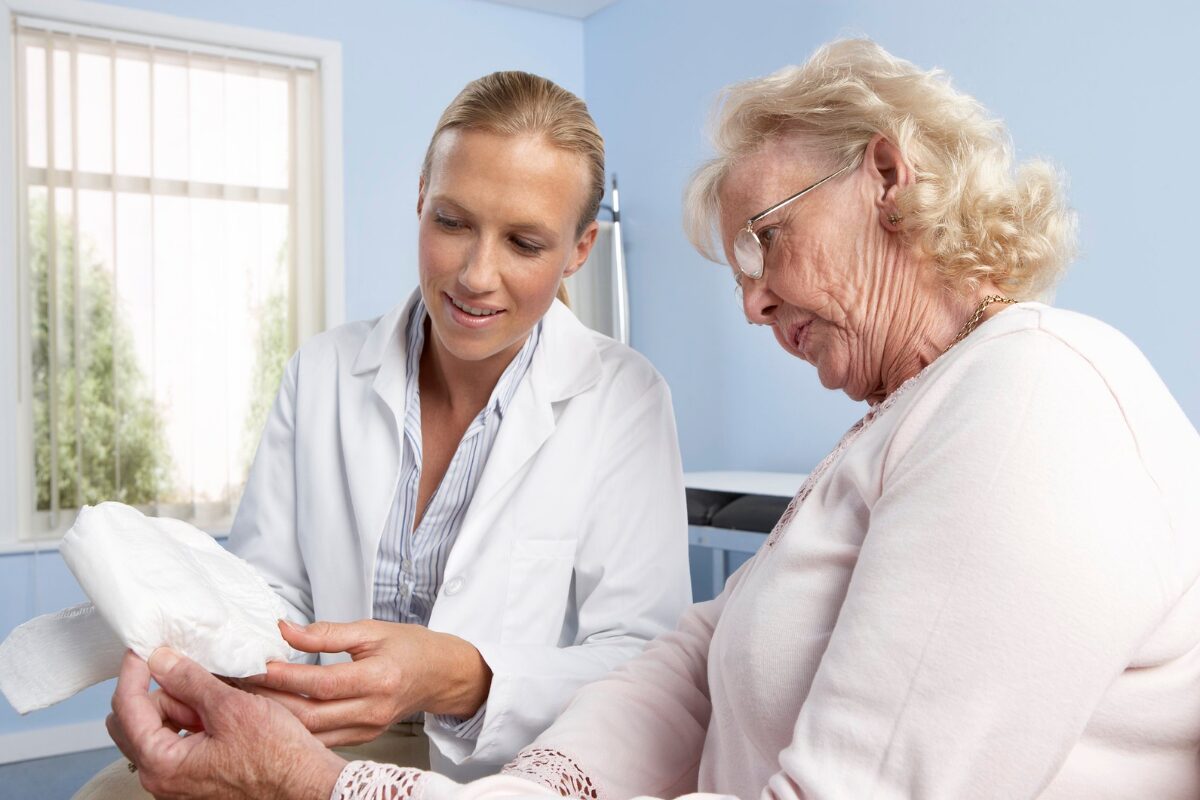Bedwetting Causes And Treatments For Adults, Children And Teens
JOIN OUR NEWSLETTER
Receive custom tools to help you manage your condition and get the latest in bladder and bowel health from NAFC!
While once thought of as something only little kids experienced, studies show that at least 2% of adults lose control of urination during the night. This is bedwetting or Nocturnal Enuresis (NE). This is not to be confused with Nocturia—waking 2 or more times per night to void. It is important to note that bedwetting is unintentional and is not something that can be voluntarily controlled at any age.
Pediatric Bedwetting
Also known as Persistent Primary Nocturnal Enuresis, this condition begins during childhood, where nighttime dryness has not been achieved for longer than 6 months. About 2-3% of male and female adults older than 18 years of age have this type of nocturnal enuresis. Click here for more information about pediatric bedwetting.
Adult Bedwetting
Also known as Adult Onset Secondary Enuresis, this condition is defined as bedwetting affecting adults, typically people who are closer to 60 years of age. These are people who have achieved dryness at some point in their lives, possibly staying dry for years, but who find themselves suffering from nighttime wetting as they get older. Click here for more information about adult bedwetting
RELATED ARTICLES

Learn About Black Friday Deals On Incontinence Products
We all know that absorbent products aren’t cheap. The average person with incontinence spends well over $100 per month on products to combat bladder leaks.

Practical Tips for Caregivers Managing Urinary Incontinence at Home
Urinary incontinence is a common and often challenging condition, particularly for aging adults and individuals with certain chronic illnesses or disabilities. As a caregiver, managing urinary incontinence at home can be emotionally and physically demanding, but with the right strategies and products, you can help your loved one maintain their dignity, comfort, and quality of life.
This blog provides practical tips for caregivers who support individuals experiencing urinary incontinence. Whether you’re new to caregiving or looking to improve your current routines, these guidelines can help you approach this sensitive issue with compassion and effectiveness.

Does Medicaid Cover Incontinence Supplies?
Medicaid is the nation’s public health insurance program designed for individuals and families who may be low-income, elderly, or disabled. The Medicaid program covers more than 1 in 5 Americans, including many with complex and costly needs for care. With over 74 million Americans relying on Medicaid, it is the largest single source of health coverage in the U.S. The program ensures that qualifying individuals can access medically necessary products, including incontinence supplies, urological supplies, and other medical necessities, as well as healthcare and long-term care services.

Enjoying the Holidays With Confidence: How to Manage Incontinence During the Festive Season
The holidays are meant to feel magical, full of cozy gatherings, good food, sparkling lights, and time with the people who matter most. But if you live with incontinence, this season can sometimes bring a mix of excitement and worry. Longer days out, richer meals, cold weather, and busy schedules can make symptoms feel a little less predictable.


